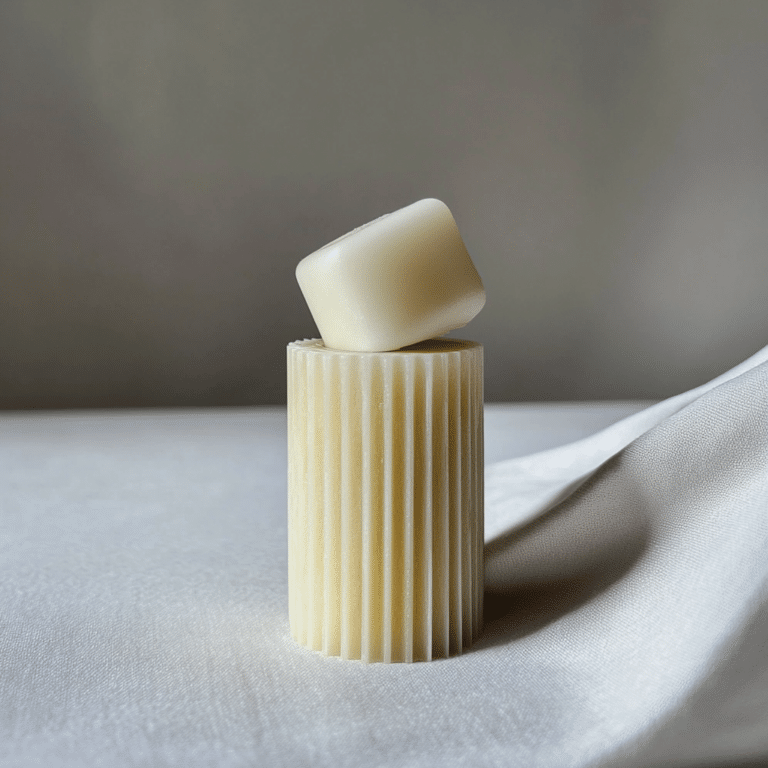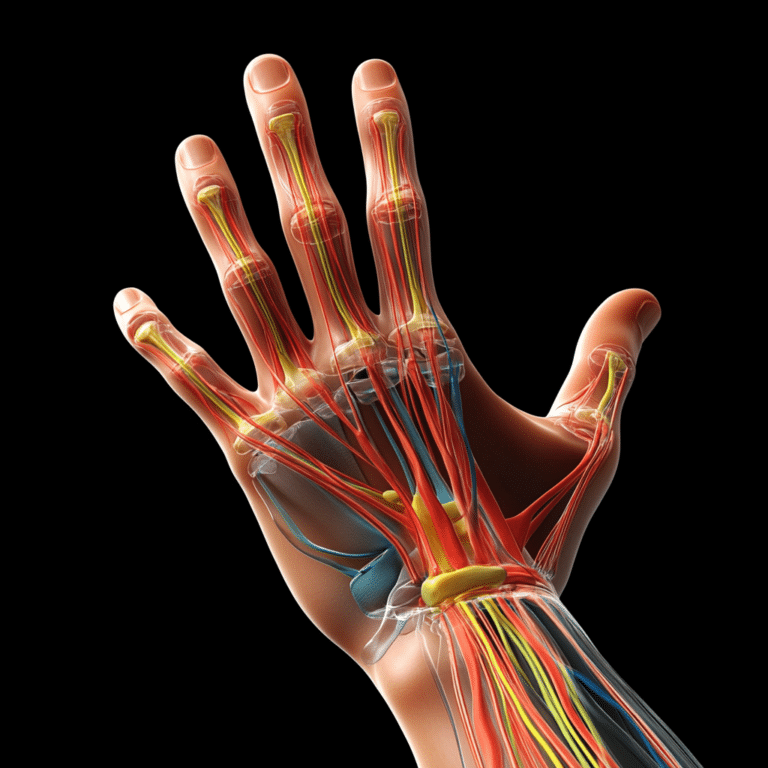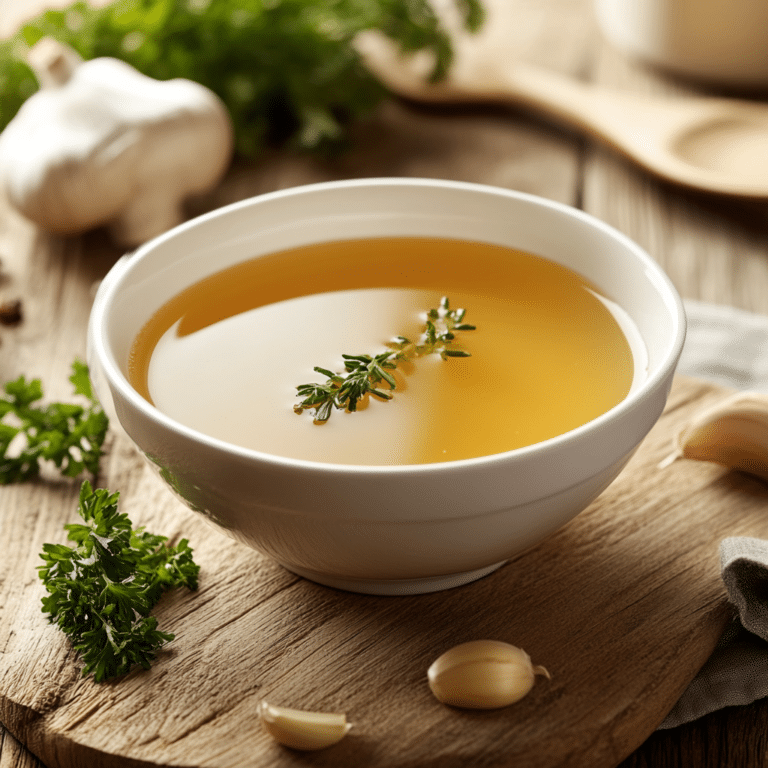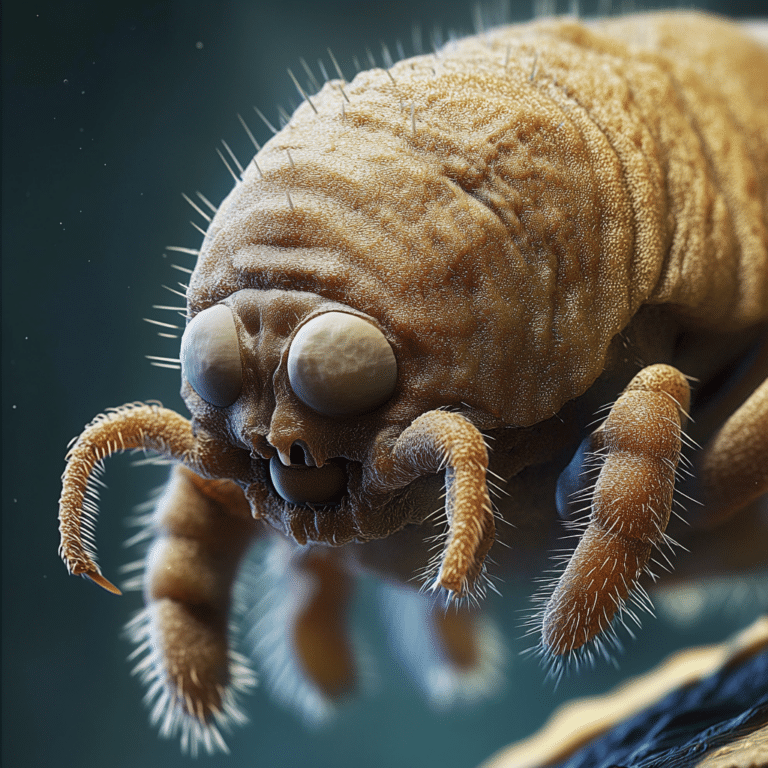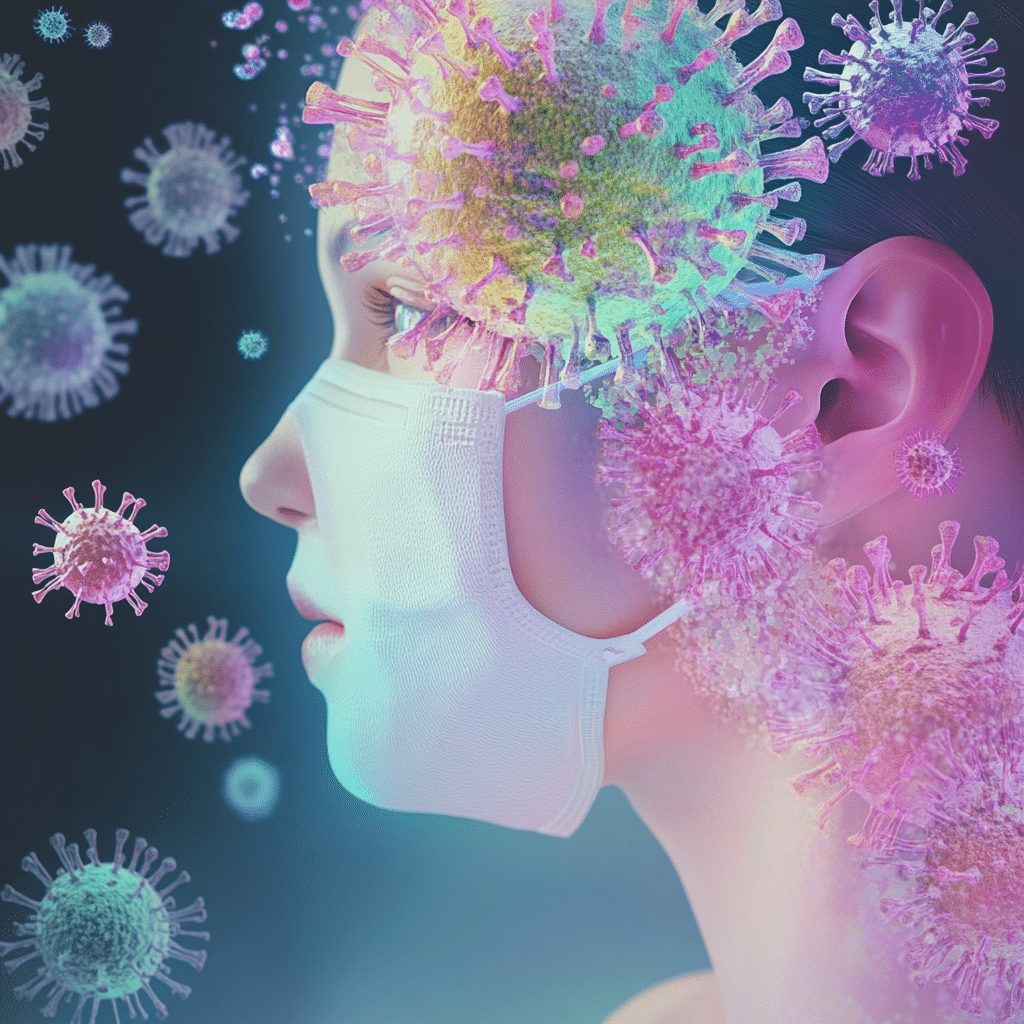Alright, fitness warriors! If you’re looking to get shredded, gain massive muscle, and sculpt your bod into a work of art, you need to know about some serious backstage players in your body’s performance—mast cells. Yes, these little guys might not be on your radar, but they’re crucial for how your immune system works and how your body handles allergies. Understanding mast cells is like unlocking the secrets to becoming a healthier version of yourself. Let’s dive into their world!
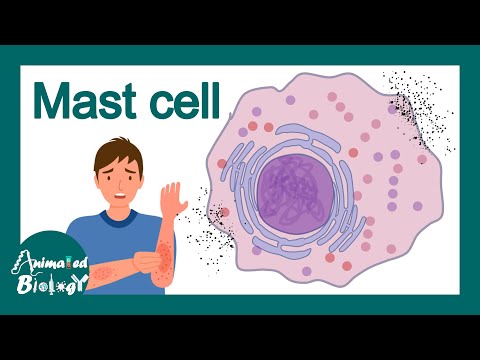
The Role of Mast Cells in the Immune System
Mast cells are the unsung heroes of your immune system. They originate from the bone marrow and migrate to various tissues where they mature, playing indispensable roles in allergic reactions and general immunity. Picture yourself at the gym, pumping iron, when suddenly you encounter an allergen. Mast cells are right there, ready to spring into action! These cells are embedded in the skin, lungs, and gut, helping your body react quickly against anything hostile like allergens or pathogens.
What makes mast cells truly fascinating is that they’ve got these granules packed with histamine, heparin, and cytokines. When activated, they unleash their powerful arsenal, leading to the classic symptoms of allergies—think sneezing, itching—you name it! But don’t let that fool you; mast cells are also instrumental in recruiting other immune cells to thwart infections or injuries. Research has shown that these warriors are pivotal in battling pathogens and play a substantial role in regulating the development of allergies, autoimmunity, and even cancer.
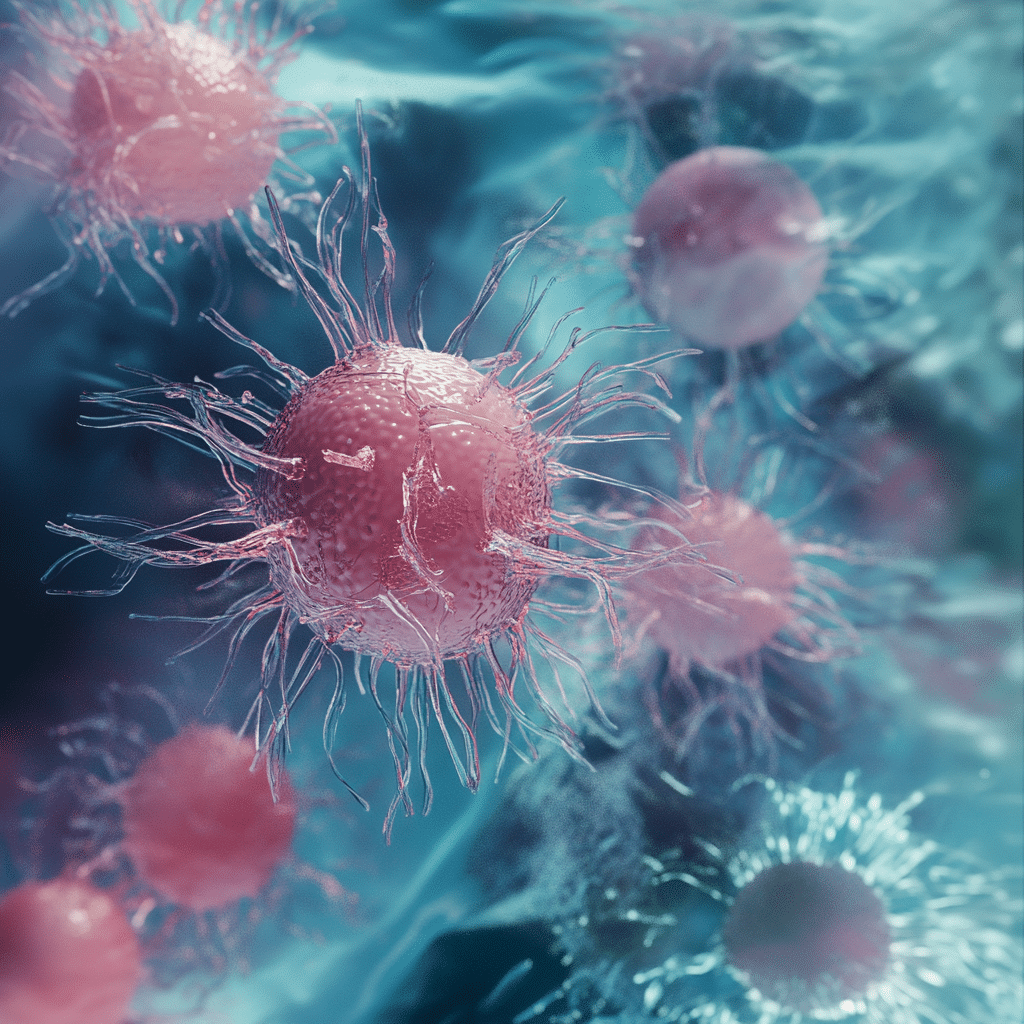
Top 5 Functions of Mast Cells in Allergies and Immunity
Let’s face it, mast cells are famous for causing allergic reactions. When allergens—like pet dander or peanuts—enter your body, they latch onto immunoglobulin E (IgE) antibodies on mast cells. This interaction is like lighting the fuse on a firecracker, causing mast cells to explode with histamine release. You may experience symptoms ranging from mild hives to life-threatening anaphylaxis.
Beyond just allergies, mast cells are key in controlling inflammation. They release pro-inflammatory cytokines like TNF-alpha and IL-6, which can make conditions like asthma or arthritis worse. If you’re an athlete with asthma, overactive mast cells can ramp up inflammation in your airways, making it tough to catch your breath while going for a personal record!
If you’ve ever faced an injury from a workout, mast cells are among the first responders. When they sense harm, these cells release growth factors that kickstart the healing process and help your tissue remodel. Whether you’re dealing with a sprained ankle or a post-surgery recovery, these little warriors are working tirelessly behind the scenes for effective healing.
Think of mast cells as your body’s first line of defense against infections. They’re equipped with pattern recognition receptors that detect pathogens and initiate a local immune response. During a bacterial attack, mast cells release antimicrobial peptides, helping neutralize the enemy and calling other immune troops to bolster the fight. They make sure your body stays fit and healthy, just like you at the gym!
There’s more! Recent research links abnormal mast cell activity to autoimmune diseases like lupus and multiple sclerosis. When mast cells misbehave, they can create inflammation that leads to tissue damage. Understanding their dysregulation could open new doors for therapies that manage these challenging conditions.
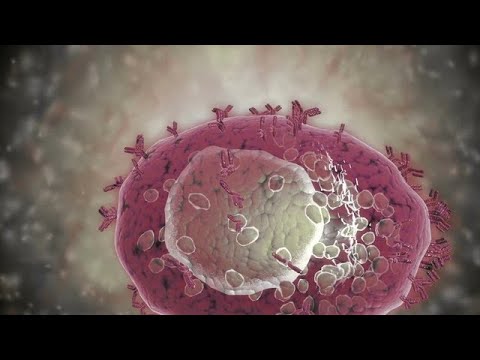
The Impact of Growth Spurts on Mast Cell Functionality
Growth spurts, especially during childhood and adolescence, can significantly affect mast cell functionality. As kids hit their growth spurts, their immune systems are ramping up, leading to increased mast cell populations—especially in tissues that come into contact with allergens. For example, kids aged 10 to 14 often experience changes in their allergy patterns; some might develop new allergies, while others might find their old ones lessen.
Hormonal changes during puberty also play a massive role in modifying mast cell activity. It’s important to keep an eye out during these years because as growth kicks in, so does the demand for effective immune responses. Just like fine-tuning your workout regimen, understanding these changes can help prepare young athletes for optimal health.

The Future of Mast Cell Research
The future of mast cell research looks super promising! Scientists are digging deep to understand how these cells regulate various biological processes. Current studies are focusing on therapies that can modulate mast cell functions, particularly in treating allergies like rhinitis and asthma. There’s even groundbreaking research on monoclonal antibody treatments, such as omalizumab. If you’re a sports enthusiast who struggles with allergies, this treatment could be a game-changer!
But wait, there’s more! Researchers are also investigating mast cells in the context of cancer treatment, as certain tumors can leverage mast cell activity to promote growth. Learning to better control these cells may spark new cancer immunotherapy tactics that leverage the immune response to fight tumors.
In conclusion, comprehending the multifunctional nature of mast cells gives us invaluable insights into managing allergies and immune responses. This understanding not only boosts our approach to treating ailments but also strengthens the foundation for enhanced immune health—essential for athletes and fitness lovers alike, whether you’re navigating growth spurts or fighting autoimmune issues. The bottom line? Become one with your mast cells, and your entire health and fitness journey will thank you!
So remember, every workout and meal counts, but understanding what’s happening inside your body takes you one step closer to achieving those fitness goals. Own your body, know your mast cells, and keep pushing towards greatness! Get out there and get shredded!
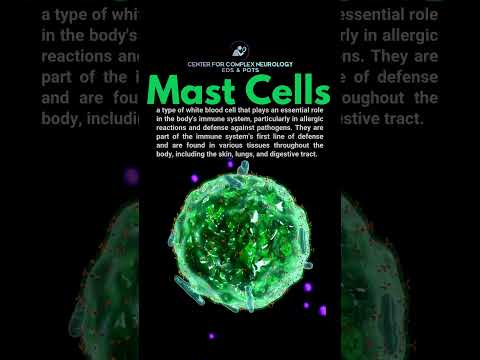
Mast Cells: The Unsung Heroes of Allergies and Immunity
Mast Cells: A Quick Overview
Did you know that mast cells play a vital role in our immune response? These tiny but mighty cells are like sentinels, guarding against allergens and pathogens. They contain granules packed with histamine and other chemicals that can trigger allergy symptoms. Interestingly, much like Rihanna ‘s Diamonds, which are known for their stunning brilliance, mast cells have their own special shine in immunology, assisting in the body’s defense mechanisms.
What’s more fascinating is that mast cells don’t just respond to allergens. They also secrete various cytokines and chemokines, making them essential players in orchestrating immune responses. In fact, Mast Cell Activation Syndrome (MCAS) has become a hot topic among health enthusiasts and researchers alike. Much like a game of chess, where every piece has its role and strategy, mast cells contribute significantly to our overall health, ensuring we stay in the game despite environmental challenges.
The Fun Side of Mast Cells
Here’s something to chew on: researchers have discovered that mast cells can also have a hand in tissue repair following injury. That’s right! With their ability to release growth factors, they contribute to healing, making them the Yin to the Yang of inflammation. Alongside their healing capabilities, you’d think they’re in a soap opera—drama and all! Like an episode of Person Of Interest, there’s always more than meets the eye when it comes to these cells.
On a light note, did you know mast cells also have a unique friendship with a specific type of antibody called immunoglobulin A? These antibodies work hard to protect mucosal surfaces, similar to how a good pair of loose Curls might enhance one’s appearance. So next time someone mentions allergies, remember that mast cells aren’t just troublemakers; they’re also vital allies we can count on!
The Quirky Truth About Mast Cells
Much like Raggedy Ann And Andy, who both embody the spirit of childhood creativity, mast cells can also exhibit a fair share of diversity. They’re found in various tissues throughout the body, particularly in the skin, lungs, and gut. Each location gives them specific roles that contribute to our health picture, similar to how different settings can shape a story.
Last but not least, in a surprising twist akin to finding a hidden gem in your favorite car model, the modern understanding of mast cells has evolved significantly over the years. For instance, their involvement in allergies traces back to the early 20th century, but it wasn’t until the late 20th century that their full importance began to unfold—just like the complexities of otorhinolaryngology reveal the intricate dance of senses in our bodies! So, the next time you sniffle or sneeze, you can appreciate the tireless efforts of these small, yet vital characters in your immune story.


